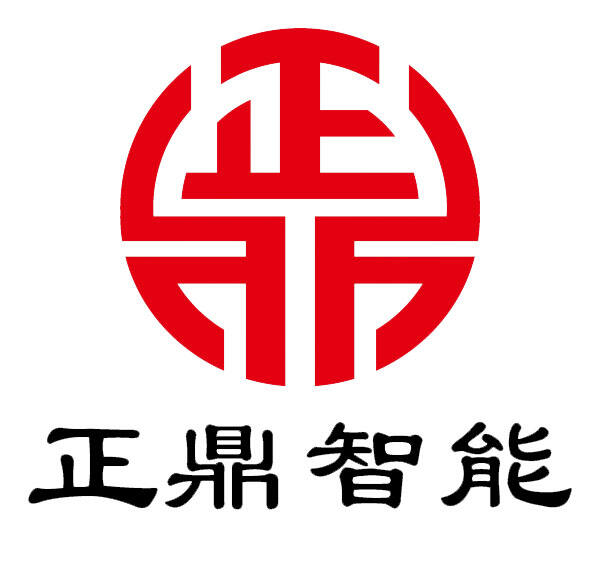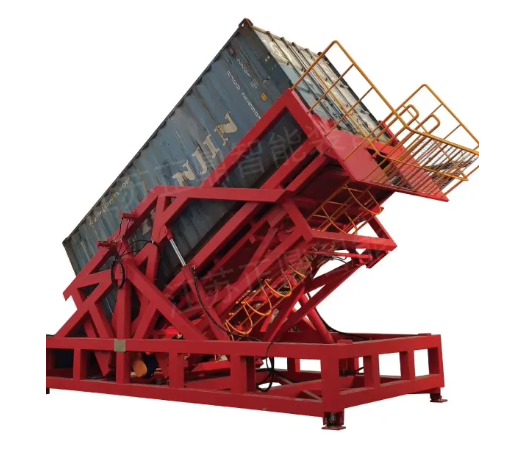Understanding Container Unloading Challenges
The Impact of Inefficient Unloading on Logistics Costs
When cargo isn't unloaded efficiently, logistics costs tend to climb dramatically, particularly if ships have to sit in ports longer than planned. The financial hit comes from those extra days at dockside, where harbor fees pile up fast and really start cutting into what little profit remains after all other expenses. A simple delay during unloading operations can throw off the whole supply chain timeline, creating problems downstream that push storage requirements higher while transportation costs balloon out of control. Industry data suggests that poor logistics management might actually drive up operating expenses by over thirty percent in some cases. Getting containers off vessels quickly matters for keeping shipments on schedule, something customers notice immediately. Timely delivery builds trust with clients, and these satisfied customers usually stick around longer, forming stronger business partnerships that help companies maintain their position against competitors in crowded markets.
Common Bottlenecks in Traditional Container Unloading Processes
The old way of unloading containers at ports has plenty of problems, mostly because workers still rely heavily on manual labor and ancient machinery. These traditional approaches often lead to major time losses since everything moves as fast as the people doing the work, who naturally get tired and make mistakes after long shifts. Communication breakdowns between the logistics coordinators back at headquarters and the actual workers on site create another big problem. When someone says "ship containers to berth 3" but nobody there knows about it, things start going wrong fast. And then there are those unpredictable headaches like sudden storms rolling in or unexpected traffic jams at the docks that just make everything worse. Getting a good handle on where all these snags happen matters a lot though, because knowing what goes wrong first makes fixing it possible through things like automated systems or better radio contact between different teams working across the port area.
Leveraging Automation for Faster Container Unloading
Smart Loading/Unloading Systems for Reduced Labor Time
Smart loading and unloading systems have revolutionized how containers are handled at ports and warehouses. These advanced setups use Internet of Things tech to coordinate all the different machines involved in moving cargo around, which cuts down on wasted motion and keeps everything running smoother than traditional methods. When automatic guidance comes into play, workers spend less time manually directing equipment, so mistakes happen less often and jobs get done faster. Companies that adopt this kind of automation typically see their unloading times drop somewhere around 20-25%, depending on their specific setup. The money saved from quicker operations usually pays back the initial investment pretty quickly too, especially when ships stay docked for shorter periods and trucks move goods through facilities without delays.
AI-Powered Container Handling Equipment
Container handling equipment powered by artificial intelligence is changing how ports unload cargo in ways we haven't seen before. These smart systems figure out when containers should come off ships based on all sorts of factors, which helps managers plan work schedules and allocate resources much better than traditional methods. When AI collects data during these operations, companies get clear insights into where things go wrong in their unloading processes, so they can fix problems quickly and run things smoother overall. Research from several maritime hubs shows that AI actually makes operations more reliable because it looks through mountains of information to spot trends that humans might miss. Companies investing in AI driven gear save money on labor costs while making their facilities safer for workers who handle heavy containers day after day. For shipping companies looking to cut costs and improve performance, this kind of technological upgrade just makes good business sense.
Optimizing Operational Workflows
Implementing Real-Time Container Tracking Systems
Putting real time container tracking into place really boosts how well operations run because it gives companies clear sight of where their containers are at all times. When everyone along the supply chain knows exactly where things are going, there's much less confusion and wasted effort. Companies that use these systems find they lose far fewer containers and shipments get put in the right place most of the time. Some industry data suggests that ports with good tracking tech see unloading speeds jump anywhere from 30 to 50 percent faster. The ability to watch containers move as they happen means problems like unexpected delays get fixed quicker instead of causing major holdups. This kind of monitoring cuts down on waiting around and makes the whole logistics network work smoother day after day.
Standardized Unloading Protocols for Consistent Efficiency
Getting everyone on the same page when it comes to unloading procedures makes all the difference in creating efficient and predictable workflows. When there's consistency across operations, we eliminate those annoying variations that throw everything off track and make things harder than they need to be. Clear written protocols help train new staff properly while keeping everyone aligned with important safety rules. Companies that have implemented these standard practices report seeing their unloading times drop by around 20%. Beyond just saving time, this approach leads to fewer accidents on site which means better safety records and potentially significant reductions in insurance premiums over time. Warehouse managers know from experience that consistent protocols pay off in multiple ways beyond just the bottom line.
Workforce Training & Safety Considerations
Reducing Errors Through Specialized Operator Training
Specialized training for operators really helps cut down on mistakes when unloading cargo. Good training gives workers the know-how they need to handle containers properly and get the job done faster without compromising safety. After going through proper instruction, most operators learn how to work with all sorts of modern machinery and tools, which makes everything run smoother day to day. Industry data shows businesses that keep their staff trained regularly tend to have fewer workplace incidents and retain employees longer too. Another plus side? Well trained crews cause less damage to goods while moving them around, meaning lower repair bills and fewer shipment holdups. Looking at all this, there's no doubt that keeping training programs active pays off both in terms of getting things done quicker and keeping everyone safe on site.
Ergonomic Equipment Designs That Accelerate Operations
Good ergonomic equipment makes all the difference when it comes to getting operators productive while keeping them safe during those tough unloading jobs. The whole point of these designs is to make sure workers stay comfortable throughout their shifts, cutting down on fatigue so they can actually get more done. When businesses invest in proper ergonomic setups, we tend to see fewer injuries around warehouses and docks where containers are being handled daily. Industry insiders estimate that smart ergonomic choices often boost efficiency somewhere between 15 to 25 percent across different facilities. Companies that really commit to ergonomic improvements notice something else happening too - staff morale goes up and people generally seem happier at work. This matters a lot in container unloading operations where physical strain is part of everyday life. Operators who aren't fighting against uncomfortable gear simply perform better, finish tasks faster, and save money for the company over time because there's less downtime from injuries or complaints about working conditions.
Collaborative Port Management Strategies
Data-Sharing Between Shipping Lines and Terminal Operators
When shipping companies share information with terminal operators, it becomes much easier to run ports efficiently these days. This kind of cooperation brings everyone onto the same page and cuts down on wasted time and effort. When different data systems work together, people involved in port operations can actually see what's going on and make better choices about how resources should be used when cargo comes off ships. Some real world examples show that ports which have set up proper data sharing systems manage to get containers off vessels faster than those that don't. Plus, smart analysis of all this data helps predict problems before they happen, so staff can fix issues before they become major headaches for everyone involved in moving goods through the port.
NOAA's Role in Modern Port Efficiency Improvements
NOAA helps ports run better by giving them important environmental information they need to stay ahead of storms and other bad weather situations. When a big storm is coming, this data lets port managers know exactly what to expect so their crews can get prepared properly. Some studies show that when ports use NOAA's weather predictions, they manage to move cargo around 20 percent faster even when conditions are tough. The predictive models from NOAA allow port operators to plan smarter about where to put equipment and staff before problems happen. This means fewer delays and less damage to goods, which makes ports not just more efficient but also more able to handle whatever nature throws at them without major disruptions.
FAQ
What are the main challenges in container unloading processes?
The main challenges include inefficiencies due to manual handling, outdated equipment, inadequate communication, and unforeseen factors like weather and port congestion.
How does automation help in unloading processes?
Automation, through IoT and AI technologies, optimizes interaction between equipment, minimizes human errors, and speeds up operations, reducing labor time and costs.
What benefits do real-time container tracking systems offer?
They provide enhanced visibility, ensure seamless coordination, reduce lost containers, and increase unloading efficiency by 30-50% through real-time monitoring.
Why is specialized operator training important?
Specialized training equips operators to handle containers safely and efficiently, reducing errors and accidents, and enhancing productivity and safety.
How does ergonomic equipment improve unloading operations?
Ergonomic equipment enhances user comfort, reduces fatigue, increases productivity, and decreases workplace injuries, making operations safer and more efficient.

